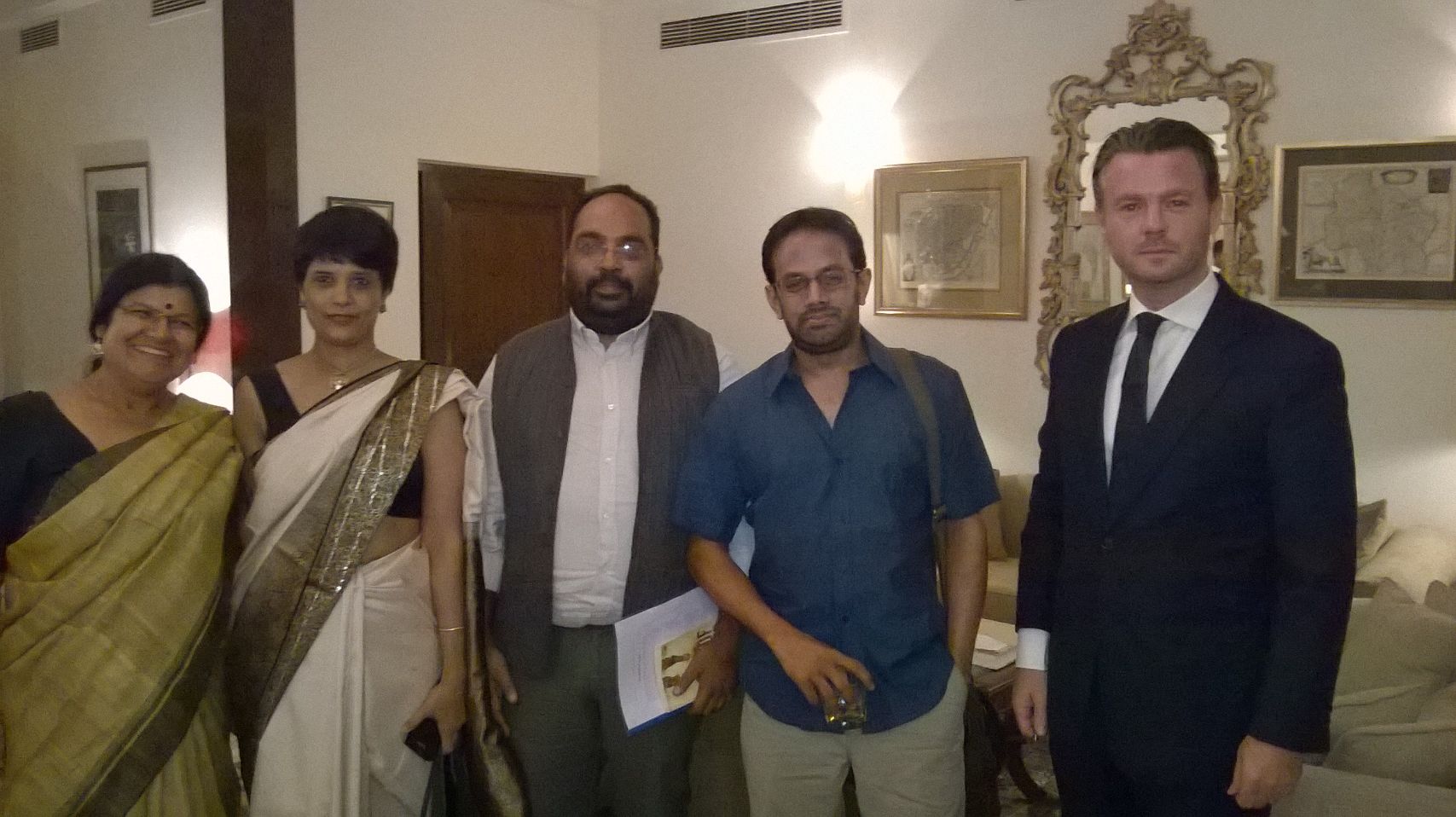Literati – “Opportunities in Publishing” ( 1 March 2015)
 My monthly column, Literati, in the Hindu Literary Review was published in print ( 1 March 2015). I am c&p the text below.
My monthly column, Literati, in the Hindu Literary Review was published in print ( 1 March 2015). I am c&p the text below.
Opportunities in Publishing
In 2003 when mobile phones were new, we conducted an experiment at the publishing firm I was part of. We converted a print story into an audio file, dramatized it using voice actors, recording at a studio. A phone company offered to make it available on landlines and mobile phones. The only cost to be incurred was the origination cost. After that, the consumer would pay a nominal fee to hear the story. We knew we had a new income generation stream with a revenue-sharing model. It seemed to be a win-win situation, except for a tiny hiccup – insufficient good content. It had to be easily available, origination cost at an affordable price point, transparency on copyright, with preferably multi-lingual options to cater to target audiences in different regions. Naturally, it remained an experiment in convergence that was ahead of its times.
Ironically in 2015, publishing engagements held to coincide with the World Book Fair, New Delhi were dominated by conversations regarding content, opportunities for publishing where mostly telecommunications company representatives spoke or IT experts expounded on the significance of mobile reading. Impressive statistics were reeled out. For instance, 4.5 b people have access to bathrooms, but 6 billion have access to phones. There are only 7 billion people on earth.
The close relationship between publishers, content and technology is discussed well in an article, “No profit left behind”, published in POLITICO Pro (10 Feb 2015, http://www.politico.com/story/2015/02/pearson-education-115026.html ). It is argued that Pearson wields enormous influence over American education and “makes money even when its results don’t measure up”. On 20 Feb 2015, an Indian newspaper report said, “Pearson Education is eyeing a larger share of the Indian education market through digital offerings. Chalking out its growth chart for the coming years, the learning and publishing company has identified India among the four biggest markets, the others being China, Brazil and South Africa.” (http://economictimes.indiatimes.com/industry/services/education/pearson-education-eyes-big-share-of-indian-education-market/articleshow/46297541.cms ) All though riddled with challenges such smart classes and modern libraries with Wi-Fi are not unheard of in India where the contracted vendor provides the hardware, software, content and even helps get broadband access to the institution. Hence it is not surprising to have heard telecom representatives requesting for a Digital India Programme – creation of digital infrastructure, delivering services digitally and advocating digital literacy. In theory a splendid idea since it gets to many. But when rumours about local broadband service providers seeking differential pricing for customers begin to become real, it is a worrying trend. These internet service providers are flouting the basic premise of net neutrality where all data exchanged on the net should be treated equally. With broadband connectivity expected to grow rapidly with 450 million users in 2017 putting India amongst the top two data markets globally and maximum internet growth is expected to happen with 69% of the population who have affordable smartphones, feature phones and low-cost feature phones operating on 2G and 3G spectrums, with another 9.8% of the population being able to afford higher end phones and tablets using wi-fi too, this is a lucrative business to be in.
Other conversations of note were an insistence on targeted marketing by leveraging technology; creating a classification of readers – casual, avid, niche, topical, educational and lapsed; taxation issues; exploring new business models such as Direct – to – Consumers (D2C) and opportunities to sync audio to text – bundle of e-book and audiobook with seamless switching; the conversion of passive online consumers to active “prosumers” [Producer-Consumers] driven by convergence; analysing targetted audience interactions like browsing / buying behavior, and impact of augmented reality in book promotions as it simulates to some extent the real world not necessarily recreating it exactly in detail. Significantly there was an interest to explore translations in Indian languages but the more animated conversations took place at the Food Court at Pragati Maidan than at Rights Table conclave. The increasing presence of overcrowded remaindered bookstalls presented a paradox with their low-priced books –a bane for publishers, a boon for readers. Finally the stress on how digital publishing was a great opportunity for the Indian publishing sector and must be explored for content creation, distribution and consumption dominated.
The reality is digital penetration is still at a nascent stage in the sub-continent, definitely in a sector estimated to be valued at $2.2 billion. It will require active participation of all stakeholders to ensure the delivery of quality material, at the right price point (for e-readers, ISP, price of content), plus taking into account multi-lingual, gendered and cultural characteristics of consumers.
1 March 2015










